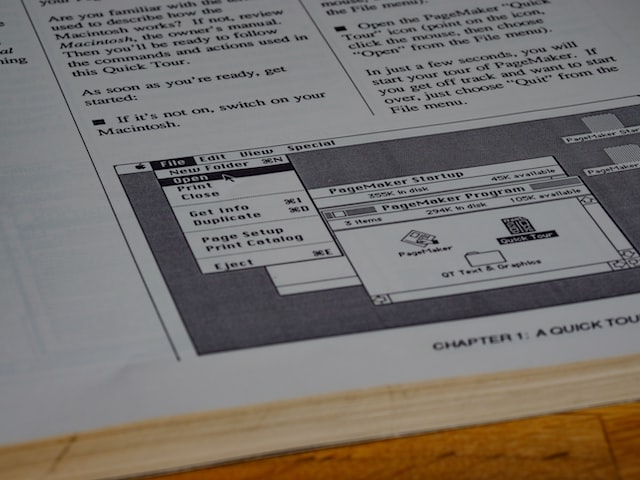
The Basics of Technical Writing
If you’ve ever wondered how to become a technical writer, you’re in luck. Fortunately, plenty of resources are available to help you learn the skills and knowledge you need. But it’s important to remember that getting used to the process will take some time. To help you out, we’ve put together a few quick tips to help you start writing more effectively.
Understanding Proper English
One of the most important things to know about writing is how to use proper English. Even though most technical writers do not have to write in English as their native language, they must take it seriously. Understanding proper English can be crucial to getting your point across clearly, concisely, and logically.
In general, a good technical document, like technical writing for manufacturing, should only include the information that is absolutely necessary. The content should be accurate and precise, avoiding common mistakes like commas and missing punctuation. Creating a clear, concise, and user-friendly document that will engage your readers is also essential.
A good technical document should also clearly explain the product or service. A well-placed image can be used to provide visual clarity to the explanation.
Understanding the Subject
Technical writing is a form of written communication based on facts and data. It can be used to explain complex subjects in a simple and digestible way. It is used in almost every sector of the economy.
The scope of this type of writing has grown tremendously with the introduction of computers in the late twentieth century. It has expanded beyond the traditional user manuals to include composing briefs, executive summaries, and reports.
To successfully write technical documents, writers need to understand the needs and expectations of their readers. They must also consider the audience’s level of expertise and familiarity with the subject. Inexperienced audiences require more information than those with a greater level of knowledge.
In addition to the technical side of writing, writers need to be familiar with cultural differences. Different cultures operate on a variety of rules and beliefs. When a member of one culture applies the rules of another, it can cause problems.
Matching your Writing Style to Your Intended Audience
When writing a technical document, you must understand what type of audience you’re writing for. Your style can be different depending on who you’re writing for. This helps ensure that you don’t confuse readers or create unnecessary information. Identifying your audience is an essential part of a well-written technical document.
There are two types of audiences: nonspecialists and specialists. A nonspecialist reader is someone who has no prior knowledge of the topic but may be interested in learning more. Ideally, you’d write to a nonspecialist reader based on his interests. On the other hand, a specialist reader has advanced training in the topic, such as an engineer or scientist.
For non-specialists, you’ll need to make the information more accessible. This means using words that are familiar to them. It also means breaking up the text into meaningful chunks.
Tools You’ll Need
When creating a technical document, it is essential to have the right tools to make the process go smoothly. The right tools can help you publish content in multiple formats, save time in proofreading, and create the most informative documentation possible. Whether you are a beginner or an experienced writer, the following list of technical writing tools will help you.
Google Docs is an online cloud-based word-processing application. It is customizable, easy to use, and supports collaboration. It also integrates with Gmail and Google Drive.
Grammarly is an online tool that provides a comprehensive grammar check. It highlights mistakes in your document, suggests corrections, and helps you avoid plagiarism. It’s a popular choice for technical writers, and you can download it for free as a browser extension.
Career Opportunities
Technical writing is a growing field with many potential career opportunities. The job of a technical writer can be found in several fields, including healthcare, computer science, publishing, manufacturing, and government.
For a job as a technical writer, it is best to have a bachelor’s degree in a technical field. A technical writer should also be able to write well and be proficient in critical thinking and research.
In addition to being a good writer, a technical writer must also be a good team leader. A good technical writer should be able to organize and explain complex information to others clearly and understandably.
Typically, technical writers are expected to have a Bachelor’s degree and a few years of experience. However, the education and experience required for each job will vary depending on the industry.




